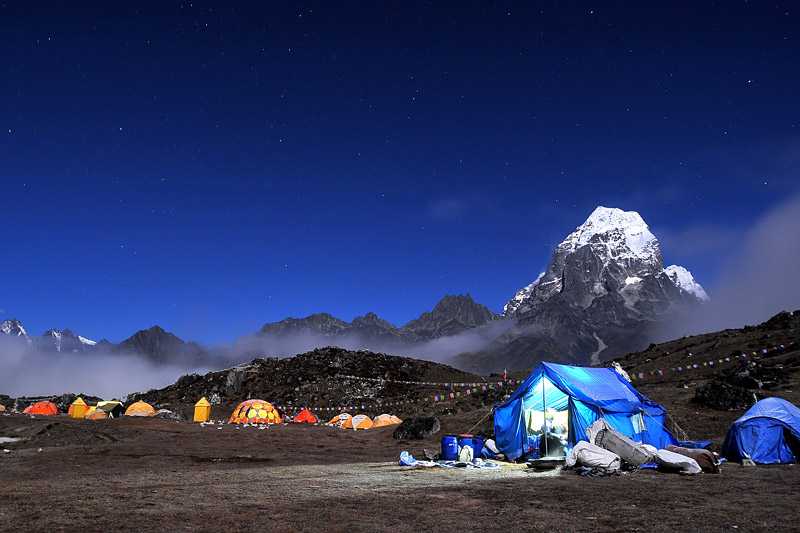Mount Everest
About Mount Everest
Mount Everest may well be the most famous mountain in the world. The mountain is the Earth’s highest mountain at an elevation of 8,848 m (~29,029 ft), and is around...
About Mount Everest
Mount Everest may well be the most famous mountain in the world. The mountain is the Earth’s highest mountain at an elevation of 8,848 m (~29,029 ft), and is around 60 million years old. It is located in the Mahalangur section of the Himalaya mountain range, and the international border between China and Nepal runs exactly across its summit.
ClimateMount Everest has a Extreme difficulty level and is Not Suitable For Families.
Attractions near Mount Everest
Activities
About Mount Everest
About Mount Everest
Mount Everest may well be the most famous mountain in the world. The mountain is the Earth’s highest mountain at an elevation of 8,848 m (~29,029 ft), and is around 60 million years old. It is located in the Mahalangur section of the Himalaya mountain range, and the international border between China and Nepal runs exactly across its summit.
Climate
At the summit of Mount Everest, freezing winds blow at up to 190 km/h (~118 mi) per hour.
Flora and Fauna
The mountain, despite its altitude, is not completely devoid of life. A black jumping spider lives at elevations as high as 6,700 m (~21,982 ft) and birds such as the Bar-headed goose and chough have been spotted as high as 7,920 m (~25,984 ft).
Activities
Not as such a destination for tourists as a once in a lifetime opportunity for dedicated mountaineers and professional climbers, it is still one of the greatest natural wonders of the world and a sight worth seeing. For those hoping to climb Everest, there is a fair amount of training and practice needed. Although climbers with less experience can take on the challenge of Everest with trained professionals on hand to keep the party together, even experienced mountaineers may struggle with the conditions on the mountain.
For those who don’t wish to attempt the ascent, the mountain can be admired from nearby towns or hiking trips can be undertaken to the Rongbuk monastery, about 77 km (~48 mi) from Shigatse, for stunning views. Everest experience flights take visitors over the Himalayas and Everest for aerial views.
Warnings
For climbers hoping to ascend Everest, altitude sickness is a major concern. As altitude increases, oxygen decreases, which is why most climbing parties will take around a month to go from bottom to top and back again, to allow their bodies to adjust to the change in altitude.
